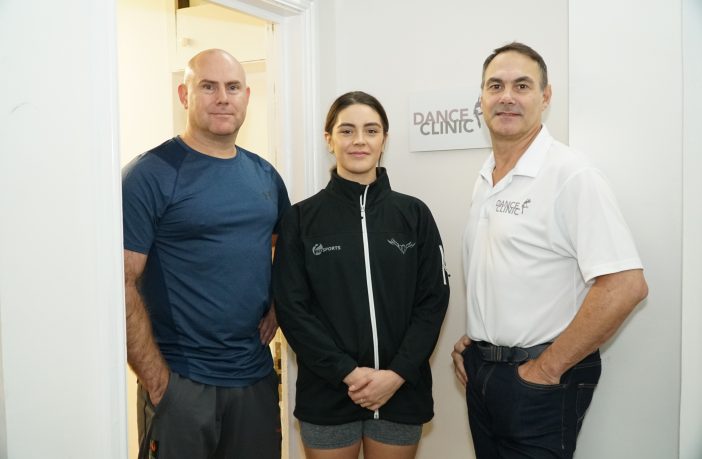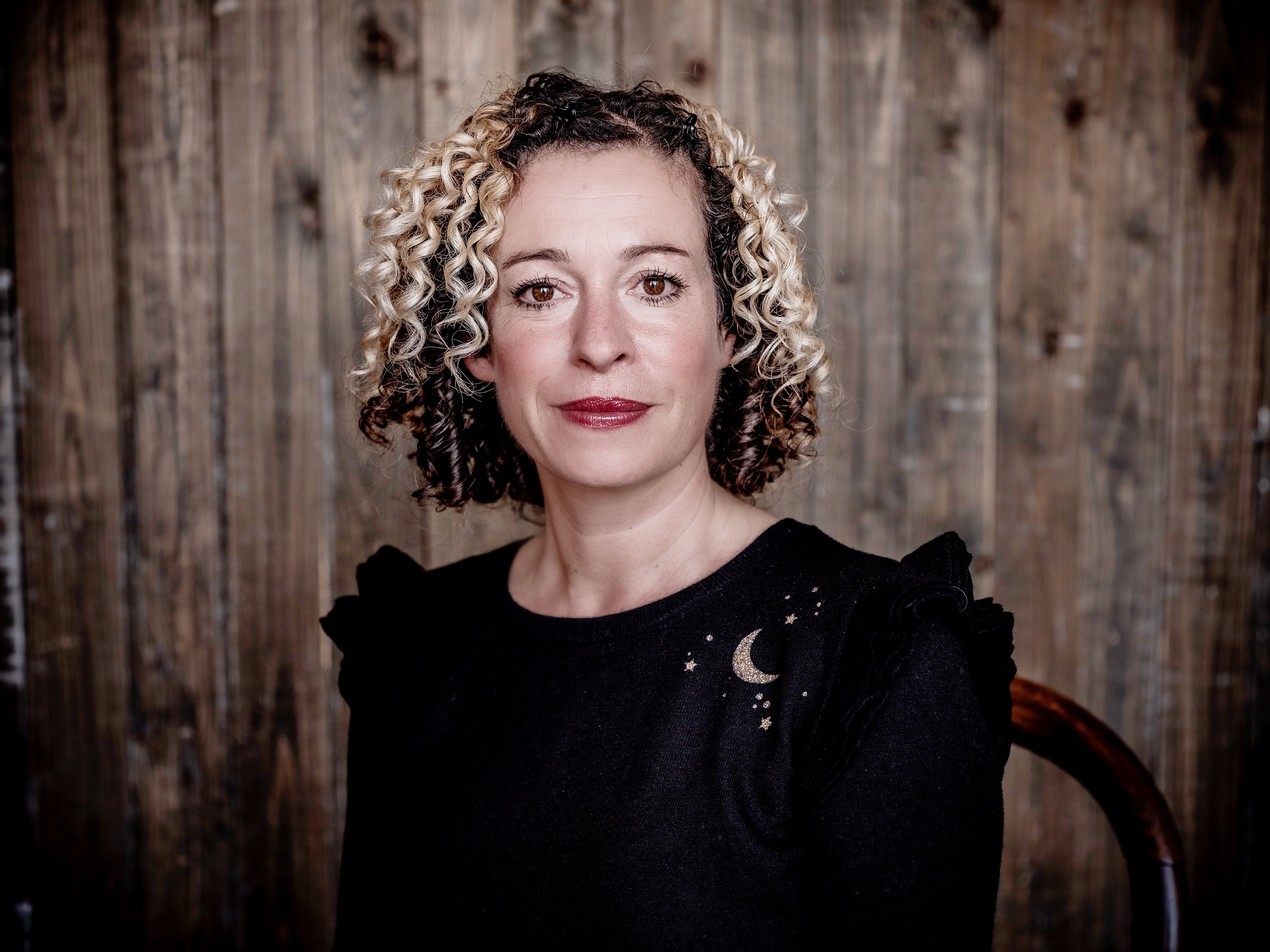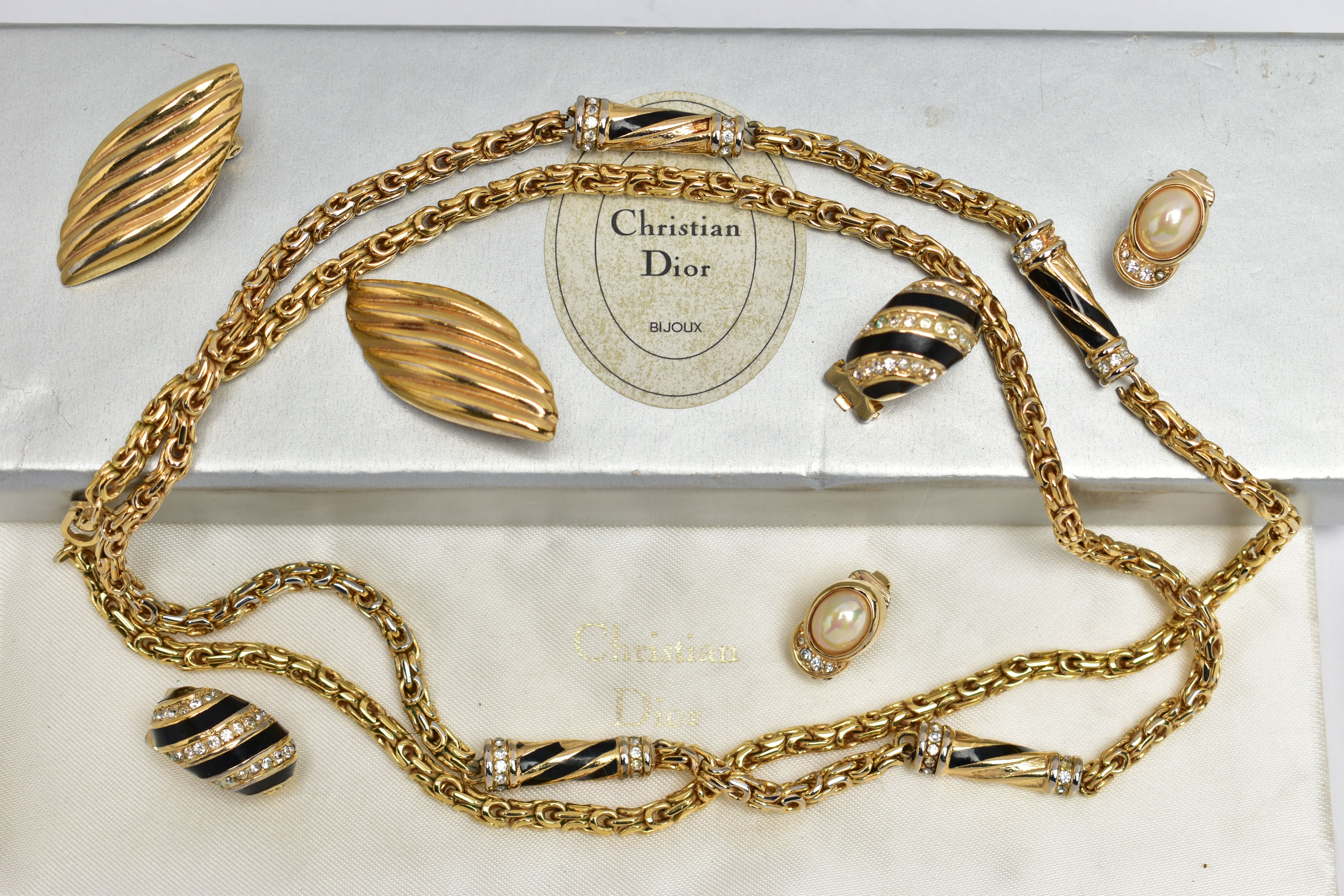From helping professional dancers to get stage-ready, to treating people from all walks of life with debilitating injuries, Birmingham specialists Phil Birch and Darryl Canham, from Dance Clinic, are using their hands-on expertise to make a difference. Amy Norbury discovers more
Darcey Bussell. Sylvie Guillem. Rudolf Nureyev. All world-famous dancers, and all clients who have, at one time or another during their illustrious careers, called on the healing hands of soft tissue injury specialist Phil Birch.
Phil is the co-founder of Birmingham-based Dance Clinic. Working alongside physical conditioning coach Darryl Canham – himself an elite martial artist and film stunt performer – they specialise in the repair, management and rehabilitation of all manner of injuries, with, as the name suggests, a particular focus on dancers.

Dancers can put themselves at risk of serious injury by pushing their bodies to the limits
Professional and amateur dancers, like all athletes, can push their bodies to the limits. The risk of injury is high, as are often the stakes involved – especially with professionals and competitive groups.
From ballet and ballroom to street and hip hop, via West End professionals and Strictly Come Dancing stars, Phil has spent more than 30 years working with dancers from all disciplines and at all levels to ensure they remain injury-free and performance-ready, night after night.
But it’s not just dancers who can benefit from Phil and Darryl’s expertise. The duo work with elite athletes from a wide variety of sports – professional footballers, martial artists, racket sports professionals, horse riders, runners and more.
And their assistance isn’t limited to professionals looking to get into their best performance shape. Phil and Darryl have helped people from all walks of life recover from road traffic accidents, falls and impacts as well as accidental injuries from daily activities.
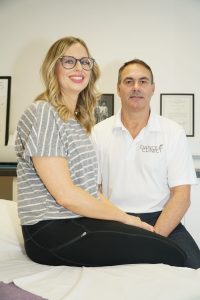
Amy Norbury with Phil Birch.
I, myself, have suffered with lifelong hip problems, and a recent diagnosis of progressive osteoarthritis has left me with the real possibility of needing a hip replacement before I turn 40. I’ve always had an active lifestyle and, while running is no longer an option due to the massive stress it places on my joints, I gym, swim, yoga and, yes, dance on a regular basis.
So I was an ideal candidate for Phil and Darryl to work their magic on.
A quick assessment by Phil’s expert eye found that, while the obvious hip issues were there, they were only the start of my problems. Weakness in my lower back, feet and ankles was having a knock-on effect on the rest of my joints – in fact, my entire right side was woefully out of alignment.
Perfect body balance is incredibly important in getting and remaining injury-free. The ‘Zero Line’ – the neutral line of posture – is lost when injuries occur, and Dance Clinic has found that most people are around 12-15 per cent away from their perfect posture. Safe to say, my posture was many, many degrees away from perfect.
Hopping onto the treatment table, Phil used a range of massage techniques to manipulate my body back towards its ideal alignment. The effects were immediate. I was surprised to feel instantly more stable, with my balance improving dramatically. I found I could stand on one leg with relative ease, and maintain the position with minimal wobble – something which had certainly not been the case pre-treatment.
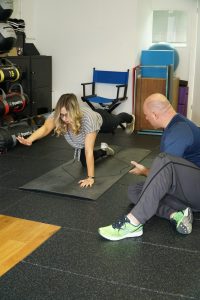
Amy was put through her paces by Darryl Canham.
Moving onto the second stage of the treatment, I headed into the studio with Darryl, who put me through my paces with a range of strengthening exercises, as well as giving advice on exercises I could continue with at home to build up my core strength.
The duo’s expertise comes from more than three decades each in their respective fields.
With a background in massage and sports injuries, in 1990 Phil was headhunted by Birmingham Royal Ballet to work with their professional dancers.
“They were looking for someone to join the company to work with the dancers on a day-to-day basis,” says Phil.
“We eventually became the Jerwood Centre for Prevention of Injuries, and I started to work more preventatively with the dancers, managing and maintaining them. The company worked nationally and internationally and I went on the road with them wherever they went. We did three-and-a-half months a year touring. Every day was spent working with the dancers, tuning them and making sure they were performance fit and ready to go, dealing with niggles.”
Phil worked with Birmingham Royal Ballet for 27 years before setting up Dance Clinic in 2017 with longtime friend Darryl, an elite performance trainer and coach specialising in physical conditioning and performance improvement.
“I’ve been working with Darryl for 15 years as a client,” says Phil. “He’s a martial artist by trade and, as an athlete, he knew he needed treatments on a regular basis.”
“I was coming up against injury after injury, they were becoming quite consistent, so I went to see Phil and he was brilliant,” adds Darryl. “He completely changed my knowledge of what my own body was doing, and so I became a client of his, and I still am with my weekly treatment.
“So I believe in the process, and Phil trains with me on a weekly basis so we’re both advocates of our own system. We’ve both had our own injuries, and we’ve put each other back together, so it just made sense to pool our resources.”
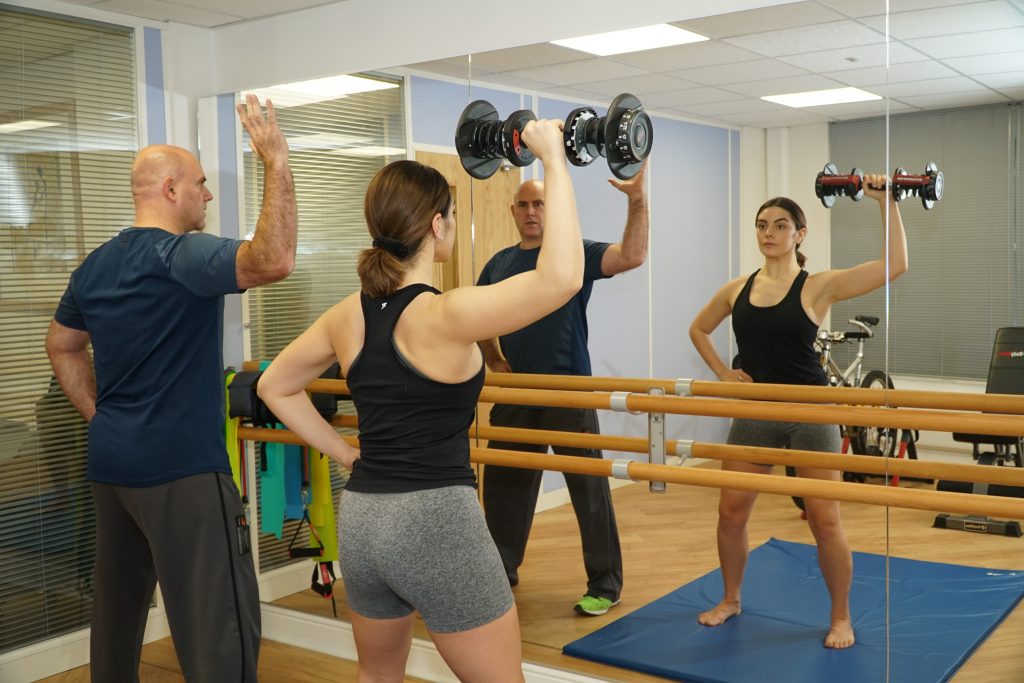
Strength and conditioning is an important part of Darryl’s training.
With Dance Clinic, Phil and Darryl aim to fill a treatment gap for dancers at all levels – particularly grassroots.
“We found that people aspiring to get to an elite level in dance or sport didn’t have enough support from a treatment point of view or a strength and training point of view, so our aim is to reach out to those areas, the academies, the training schools, those who are aiming to get to a professional level,” says Phil.
“We also realised that there was often a lack of understanding among young dancers about what their underlying injuries are. We found that a lot of parents are spending a lot of money putting their children through training every week, so we decided to set up a concentrated screening process where we’d assess dancers from a technical point of view, myself from a musculo-skeletal point of view and Darryl from a strength and conditioning point of view, and collate the information to put together as a platform to tackle all of those underlying issues.
“Ultimately, if we feel there’s any more serious issues we refer onto further specialists or back to their GPs.”
Dance Clinic are an official partner to DanceXchange, part of the Birmingham Hippodrome group, to run screenings and programmes for their dancers.
“We screened one of their circus dancers who was only 15, and straight away both me and Darryl found there was something not quite right with her,” says Phil.
“We spoke to her mum and asked to see her again so they came up – they live in Oxford – and we screened her told her we’d picked up a possible stress fracture, and if not a stress fracture then definitely a stress response, in her left leg. We advised her to take a few weeks off and concentrate on some strength exercises which she did, and felt a lot better, but as she returned to activity level her mum emailed me straight away to say she was getting the same pain as before. I said that she needed to go for an x ray, which she did, and when it came back it turned out that she had a break.
“Straight away when we saw her we’d identified there was a problem, but she’d been dancing on that break for five months – that’s where her tolerance for pain was, she’d just been pushing through it. Our intervention was minimal, just a screening and then we saw her for an hour or so to give advice. Luckily, we picked up the problem and got her the correct treatment – she’s having to take some time off to recover, but continuing as she was would have destroyed her dance career.”
While ballet is at the core of Dance Clinic, the team have worked in many different dance disciplines, and understand their individual stresses and strains.
“Irish dancing is more loaded towards feet and ankles, ballet can be anything from knees to hips to ankles and Latin ballroom can be the same with hips and knees,” says Phil.
“We did some work with South Asian dancers, which was very interesting. All the different disciplines of dance still have that underlying issue of strength. So many dancers think dance is what makes them fit but, in fact, you have to be fit and strong to dance.”
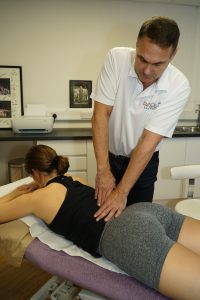
Phil gets to work on the treatment table.
And that’s where Phil and Darryl’s partnership, focusing not only on injury treatment and prevention, but also looking at overall strengthening and conditioning, is a unique solution.
“I use my years of experience in working with dancers to pick up underlying issues with our clients then feed that information back to Darryl, who looks at them from a weakness and strength point of view and calculates what he needs to do, then puts them through their paces,” explains Phil.
Darryl adds: “One of the fundamental issues is having the strength to hold the mechanics in place. Phil was finding that many of his clients would keep coming back with the same issues because they weren’t rehabilitating and repairing themselves, while I was seeing clients coming in from the outset with changes in their biomechanics which needed a trained eye and some form of muscular adjustment first.”
And the success stories – often truly life-changing – are what motivates Phil and Darryl.
“We had a girl in her mid-20s who came to us with a broken back; she’s a runner with an athletic lifestyle and she was told by her GP that there was nothing they could do and that she needed to stop all of her activities and just take pain medication to manage things,” says Phil.
“She was distraught, understandably, and her whole body broke down. Then she came to us and I spent nine months rebuilding her, with Darryl working on her strength, and she’s now doing amazingly. I haven’t seen her now for months, although she still works out with Darryl because the injury is something that’s going to be there for the rest of her life so the stronger she gets, the easier it is to manage. And she’s been able to get back to a level of activity; obviously she has to approach things a bit differently and train a bit differently, but it’s amazing to see how much she’s progressed.”
Darryl adds: “We’ve had a lot of success, which had been down to our clients making fundamental changes while getting good advice and good programmes which will pull them back from injury or keep them from the verge of injury, but also give them the chance to progress to the next level.
“It’s all about pushing people to be the very best they can be.”
For more information on Phil and Darryl’s treatment programmes, visit www.danceclinic.co.uk

